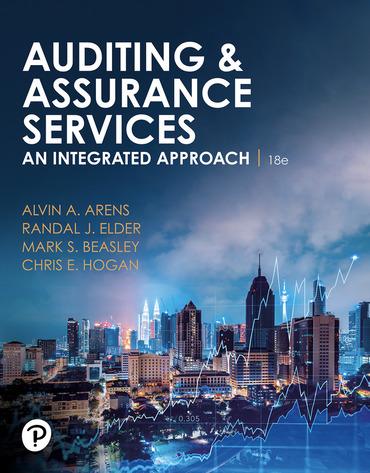Question
Part 1 Banana Inc. currently needs exactly 600 LCD screens per month for their smartphones. They currently order 450 screens in every order. The contracted
Part 1
Banana Inc. currently needs exactly 600 LCD screens per month for their smartphones. They currently order 450 screens in every order. The contracted price for screens is $20 per unit and they have calculated the storage and other inventory holding costs to be 30% of the price per year per item. Other costs associated with ordering (per order) are:
- Order placement fees (documentation, network support): $100 - Delivery costs (Fuel, Driver, Truck, etc.): $150 - Cost of receiving an order (Inspection, documentation, etc.): $200 - Labor cost of purchasing professionals: $150
Answer questions 1 to 16 based on the above information. 1. What is the annual demand? 2. How many orders does Banana Inc. currently place in a year? 3. How often is the company ordering (in weeks)? (Two decimals) 4. Under the current ordering policy (Q = 450), what is the total purchasing cost per year? 5. Under the current ordering policy (Q = 450), what is the total ordering cost per year? 6. Under the current ordering policy (Q = 450), what is the total holding cost per year? 7. Under the current ordering policy (Q = 450), what is the total inventory cost per year? 8. What is the Economic Order Quantity (EOQ)? 9. Under EOQ, how often will the company order (in weeks)? (Two decimals) 10. Under EOQ, what is the total ordering cost per year? 11. Under EOQ, what is the total holding cost per year? 12. Under EOQ, what is the total inventory cost per year? 13. How much does Banana Inc. save by changing its ordering quantity to EOQ? 14. The supplier increases the price of LCD screens by 20%. What would the new EOQ be? 15. By making changes in its warehouse planning, Banana Inc. reduces the holding cost to 20% (instead of 30%) of the price per year per item. What is the new EOQ? (Ignore question 14.) 16. After decreasing holding costs, Banana Inc. finds a new company for transportation. As a result, delivery costs associated with each order is decreased by $50. What is the new EOQ? (Ignore questions 14 and 15.)
Part 2
Edison Inc. is an automotive company that manufactures self-driving cars. These cars require a very expensive component that costs $1,800 per unit. This component should be stored in very specific conditions. Also, Edison Inc. takes very strict and costly security measures to ensure safety of the inventory of this component. Finally, due to the rapid advances in technology, this component is expected to lose its value very quickly. As a result of all of this, the holding cost per unit per year for this item is very high, $1,200. Because Edison Inc. buys 2,000 units per year from the supplier, it is one its biggest buyers. Therefore, and to make Edison Inc. happy, the supplier pays delivery costs. As a result, the ordering cost is $400 per order.
Answer questions 17 to 20 based on the above information.
17. Edison Inc. is using EOQ for this component. How much is its total inventory cost? 18. Given the risks associated with holding this component, the supplier wants to motivate Edison Inc. to buy in larger quantities. Therefore, it offers a 3% discount on the item price if Edison Inc. buys the item in lot sizes of 300 units or more. If Edison Inc. decides to accept this offer, how many units should it buy in each order? (We call this quantity Q*) 19. If Edison Inc. decides to order Q* in each order instead of EOQ, how much will its total inventory cost be? 20. Based on your analysis, do you suggest that Edison Inc. accepts the discounted price and order Q*?
Step by Step Solution
There are 3 Steps involved in it
Step: 1

Get Instant Access to Expert-Tailored Solutions
See step-by-step solutions with expert insights and AI powered tools for academic success
Step: 2

Step: 3

Ace Your Homework with AI
Get the answers you need in no time with our AI-driven, step-by-step assistance
Get Started


